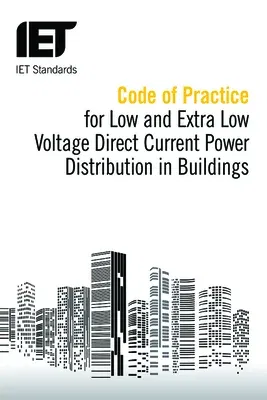Code of Practice for Low and Extra Low Voltage Direct Current Power Distribution in BuildingsPaperback, 19 May 2015

Qty
1
Turbo
Ships in 2 - 3 days
Only 4 left
Free Delivery
Cash on Delivery
15 Days
Free Returns
Secure Checkout

Part of Series
Iet Codes and Guidance
Part of Series
Iet Standards
Print Length
62 pages
Language
English
Publisher
Institution of Engineering & Technology
Date Published
19 May 2015
ISBN-10
1849198357
ISBN-13
9781849198356
Description
Product Details
Book Format:
Paperback
Country of Origin:
GB
Date Published:
19 May 2015
Dimensions:
29.59 x
20.96 x
0.51 cm
ISBN-10:
1849198357
ISBN-13:
9781849198356
Language:
English
Location:
Stevenage
Pages:
62
Publisher:
Weight:
226.8 gm